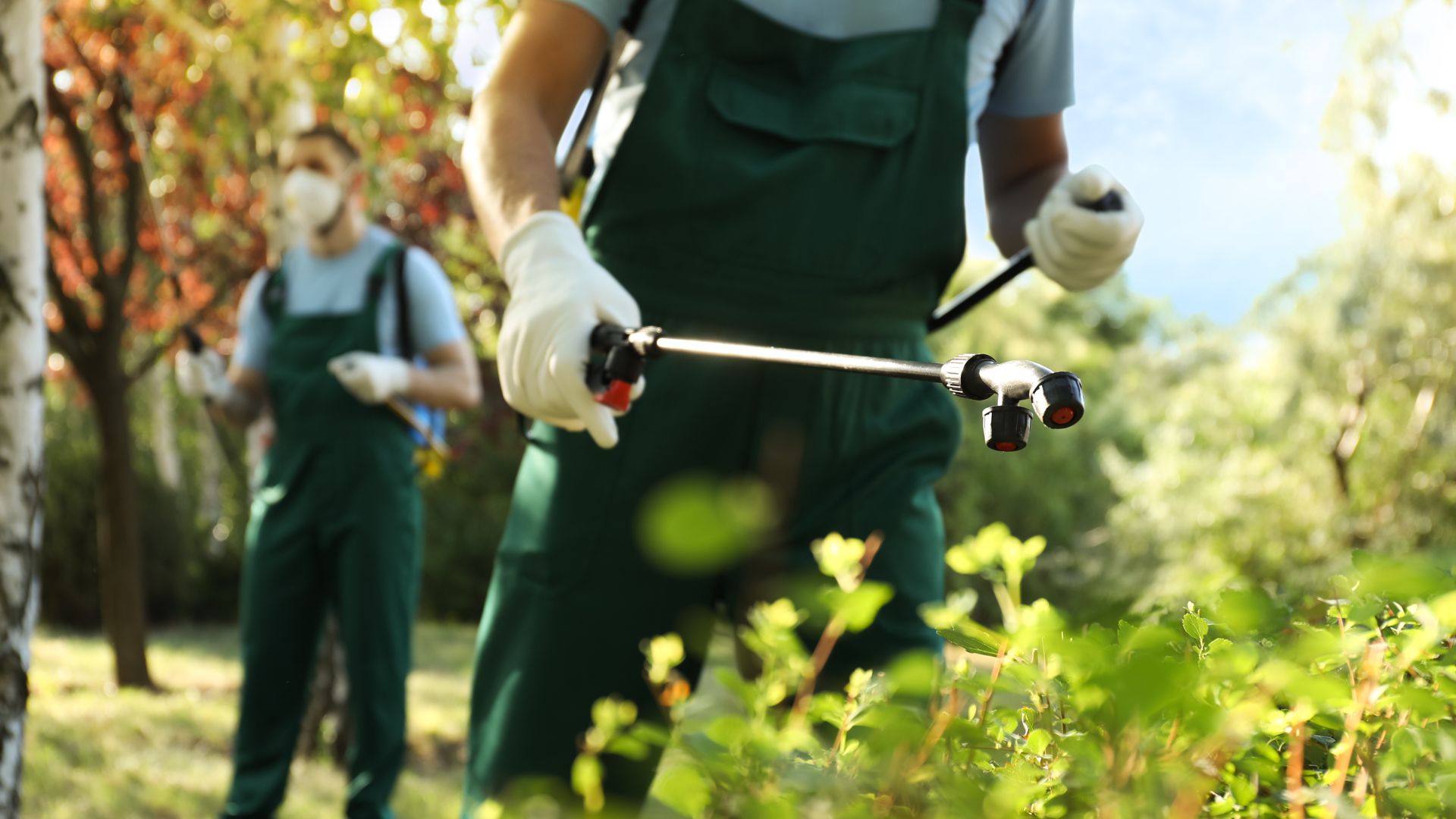 March Alert: Fleas and Ticks on the Rise in Houston and Surrounding Areas
March Alert: Fleas and Ticks on the Rise in Houston and Surrounding Areas
As the last chill of winter fades away and spring begins to bloom, it's not just flowers and warmer weather that start to emerge. In Houston and its surrounding areas, March marks the beginning of flea and tick season. These pesky parasites come out of hiding as temperatures rise, posing a threat to both pets and humans alike. Understanding the risks and taking preventative measures is essential for keeping your furry friends and family safe during this time.
* The Emergence of Fleas and Ticks
March typically brings milder temperatures and increased humidity to the Houston region, creating ideal conditions for fleas and ticks to thrive. Fleas are small, wingless insects that feed on the blood of mammals, including dogs, cats, and even humans. Ticks, on the other hand, are arachnids that attach themselves to hosts, such as pets and humans, to feed on blood.
Both fleas and ticks are more active in warmer weather, making springtime a peak season for infestations. These parasites can be found in various outdoor environments, including yards, parks, and wooded areas, where they wait for unsuspecting hosts to pass by.
* Risks and Concerns
Flea and tick infestations pose significant risks to both pets and humans. Fleas can cause allergic reactions, skin irritation, and transmit diseases such as tapeworms and Bartonella (cat scratch fever). Ticks are known vectors for serious illnesses like Lyme disease, Rocky Mountain spotted fever, and ehrlichiosis.
Pets are particularly vulnerable to flea and tick infestations, as they spend more time outdoors and are more likely to come into contact with these parasites. However, humans can also inadvertently bring fleas and ticks into their homes, putting themselves and their pets at risk.
* Prevention and Protection
Preventing flea and tick infestations requires a multi-faceted approach, including:
1. **Regular Veterinary Care**: Schedule routine check-ups with your veterinarian to discuss flea and tick prevention options for your pets. Your vet can recommend appropriate preventive products based on your pet's age, health status, and lifestyle.
2. **Use Preventive Products**: Administer flea and tick preventives as directed by your veterinarian. There are various options available, including topical treatments, oral medications, and collars, each offering different levels of protection.
3. **Maintain a Clean Environment**: Keep your home and yard clean and well-maintained to reduce flea and tick habitats. Regularly vacuum carpets, rugs, and upholstery, and wash your pet's bedding in hot water. Trim tall grass and brush, and remove leaf litter and debris from your yard where fleas and ticks may hide.
4. **Limit Outdoor Exposure**: Minimize your pet's exposure to areas where fleas and ticks are prevalent, such as wooded areas and tall grass. Check your pet for ticks after outdoor activities, especially in areas with dense vegetation.
5. **Be Vigilant**: Keep an eye out for signs of flea and tick infestations, such as excessive scratching, redness, or irritation of the skin. Promptly address any signs of infestation by consulting with your veterinarian.
As March ushers in the arrival of spring, it also brings with it the increased activity of fleas and ticks in Houston and its surrounding areas. Being proactive about flea and tick prevention is crucial for protecting your pets and family from the risks associated with these parasites. By understanding the risks, taking preventive measures, and staying vigilant, you can help ensure a safe and enjoyable spring season for everyone.
Call Swisher Pest Control soon at 281-701-5317 and we will work with you to get a plan and be proactive so you can enjoy your yard this Spring and Summer.

